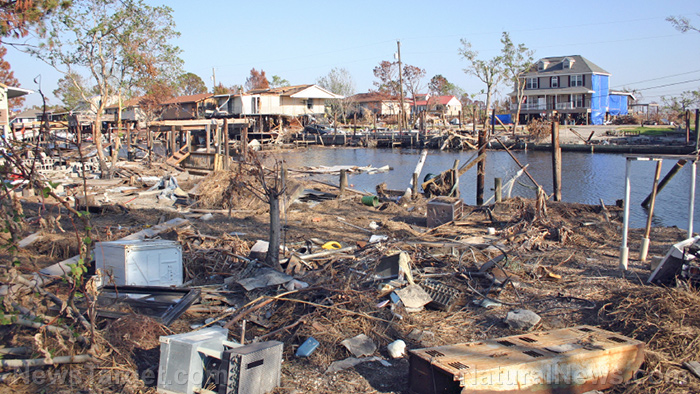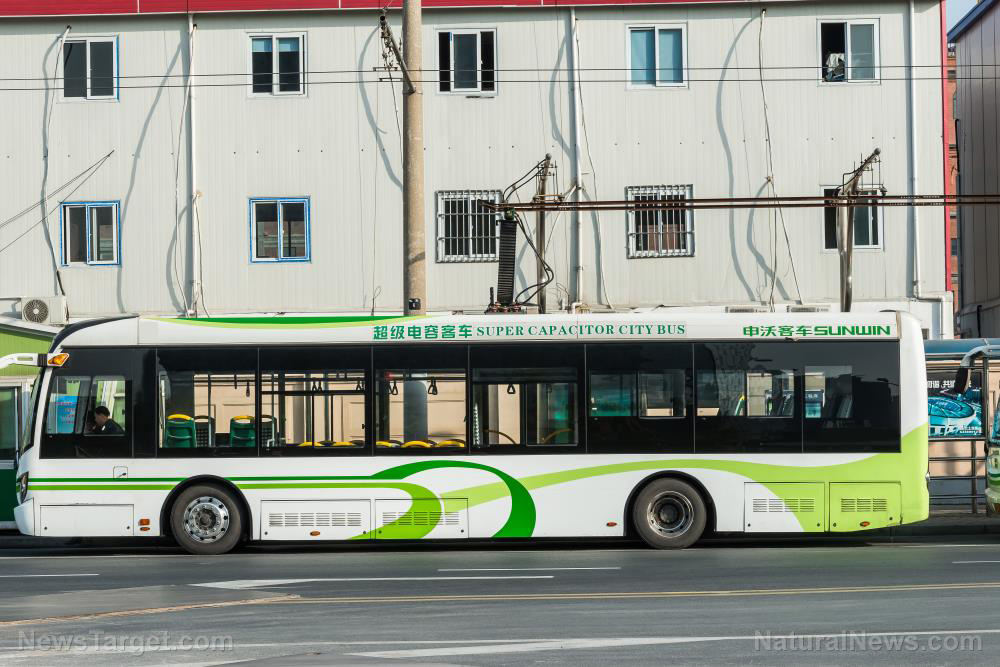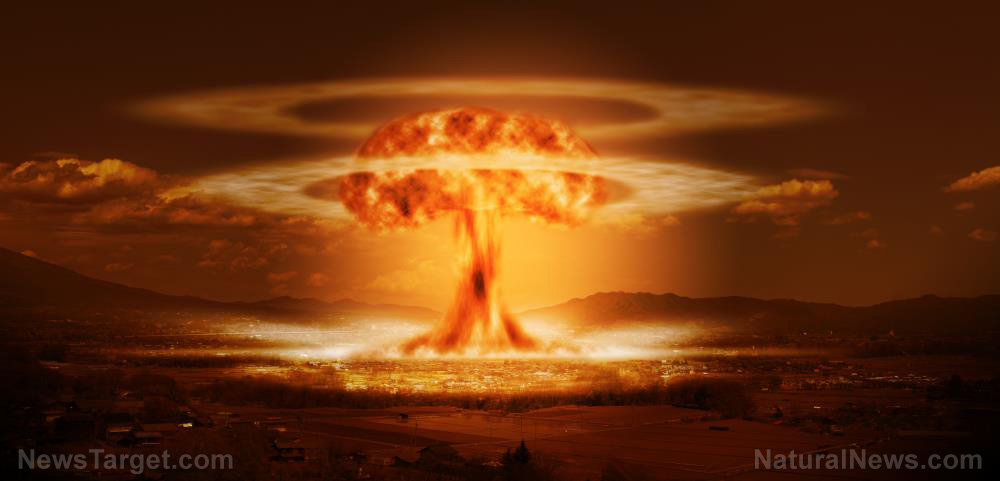
It’s been a week since Hurricane Maria ravaged the Caribbean Island nation, and while some help is arriving, “most food stores and restaurants remain closed,” The Associated Press reported, largely because the power grid was destroyed by the storm and remains in shambles. In fact, the only power on the island is coming from the few privately-owned generators and those brought in by the National Guard and the government.
Soon, even those will be out of commission because there is little available diesel fuel to power them.
“There is no water and practically no food,” said Mercedes Caro in an interview with the AP, shaking her head in frustration as she exited a local food store with only a loaf of white bread, cheese, and some bananas. “Not even spaghetti.”
Maria Perez waited outside a Pueblo supermarket in a nearby part of San Juan, hoping to buy some coffee, sugar and maybe a little meat to cook with a gas stove that has enough propane for about a week more. “We are in a crisis,” she said. “Puerto Rico is destroyed.”
Many are grateful for the fact that even a few stores are open, considering that almost no one has power and more than half the island’s 3.3 million residents don’t have water.
In the meantime, Gov. Ricardo Rossello said that the Coast Guard and other emergency crews have managed to clear some ports so they can once again begin accepting cargo ships. With regular arrivals and more ports cleared, the food-and-water (and medicinal) situation in Puerto Rico will slowly but surely being to improve.
But that won’t happen overnight. And in the meantime, there will be more suffering as people who were unprepared for a disaster of this magnitude find a way to deal with it.
Understand that it’s not just fear of being without food and water that is weighing on residents’ minds. The sheer desperation residents are feeling after seeing their entire island virtually destroyed over a period of just a few hours is mentally taxing and difficult to fathom. It’s going to wear on people both physically and mentally. It will lead some to violence, without a doubt, as their frustrations and desperation reach a boiling point.
“I tell my husband it’s like camping,” said Therese Casper, as she waited in line with several dozen others for a Walmart store to open. “It’s ‘Survivor Puerto Rico,’” she continued, a reference to a popular reality TV series. “It’s not what we bargained for.”
And that’s the problem. (Related: Hurricane Maria just wiped out ALL power on the entire island of Puerto Rico … still think prepping is a waste of time?)
Others admitted that all they are doing is surviving. “I have what I need,” said Ruth Calderon, a retired person.
Those who are able to get a few items here and there are actually the lucky ones. There are others who are worse off. During her interview with the AP, Caro began to cry, saying she is concerned about hour four grandchildren in Rincon, a western town that has mostly been cut off from any aid, as well as the rest of the world.
“Not knowing is so hard,” she said.
It may seem unfathomable to have to deal with a disaster of this magnitude, and that’s understandable. No one wants to believe that their lives can be so totally disrupted. But that’s what prepping is really all about: These kinds of disasters.
It’s one thing to “be prepared” to handle a few days without electricity due to a storm. It’s quite another to live in a zone of total destruction for weeks and even months on end.
But the latter is what “prepping” is for: To be able to live through total and complete disaster without having to rely on anyone else for your survival.
J.D. Heyes is a senior writer for NaturalNews.com and NewsTarget.com, as well as editor of The National Sentinel.
Sources include:
Please contact us for more information.























